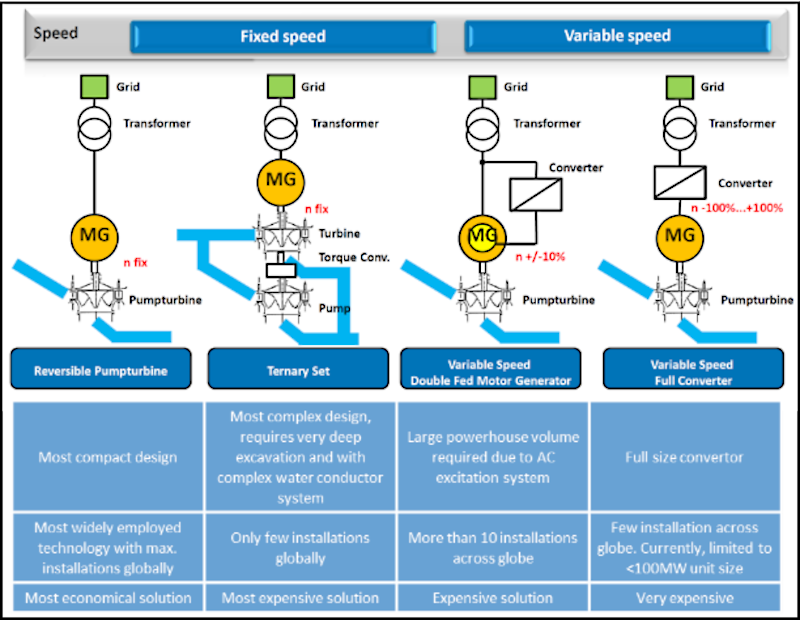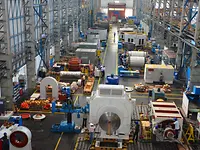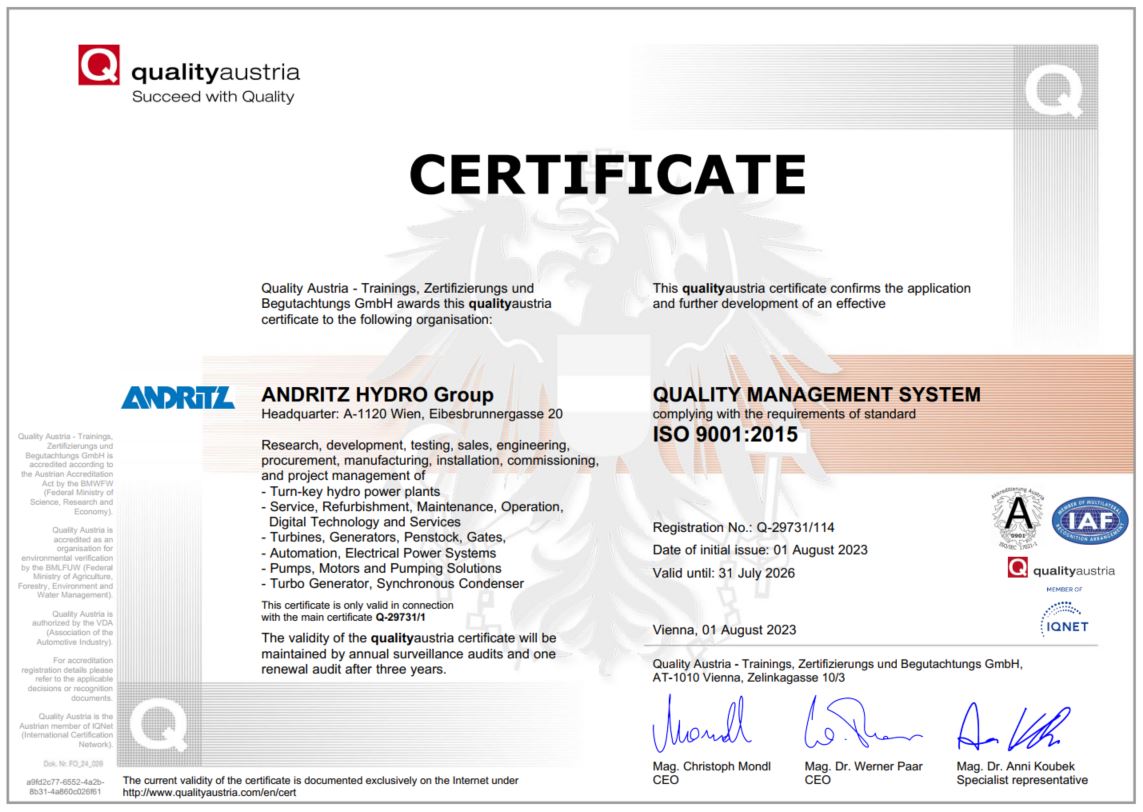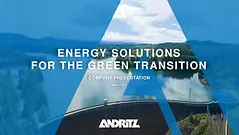ANDRITZ Hydro in New Delhi is a fully owned subsidiary of ANDRITZ HYDRO GmbH in Austria.
Pumped storage plants
The future of India’s energy storage
With the paradigm shift in India's energy scenario towards large amounts of renewable energy such as solar and wind, the need for energy storage has come to the fore.

With increasing renewable energy capacity additions in India to meet the target of 500 GW by 2030, grid reliability and stability is of paramount importance. Storage capacity helps maintain a stable grid as the variable output of renewables increases. Pumped storage power plants have already proven to be the most sustainable source of energy storage, making an important contribution to a clean energy future.
In India in particular, pumped storage technology will play an important role in meeting future energy demand. India is currently building several large, pumped storage power stations. ANDRITZ, with its technological know-how, is well equipped to take on this challenge and support the country in the years to come to meet this challenge.
Pumped Storage and the Indian Government's perspective
The Indian government takes the need for energy storage very seriously with regard to the expansion of RE capacity in the power grid and continuously monitors trends and developments and adapts India's energy policy accordingly. ANDRITZ is actively involved in advising the government on technical, policy, fiscal, and regulatory issues related to energy storage policy.
India aims to achieve net-zero emissions by 2070, with an interim target of 50% renewable energy by 2030. As pumped storage power plants could be a key technology for India's renewable energy future, the Ministry of Power, Government of India has issued guidelines for their introduction in 2023. The new guidelines create a much-needed framework for the development of new pumped storage facilities across the country and align the government's efforts with those of India's states.
ANDRITZ expertise and experience
ANDRITZ is a pioneer of this technology with a total installed capacity of about 40 GW around the globe. Since the first projects in Europe more than 100 years ago ANDRITZ has been one of the world’s leading specialists in pumped storage technology.
ANDRITZ’s first pumped storage project in India was Kadamparai (4 x 100 MW). Projects like Panchet (1 x 40 MW) and the first private pumped storage plant Bhira (1 x 150 MW) represent the commitment and decades of experience of ANDRITZ in India.
Currently, ANDRITZ is executing India’s first fully integrated renewable energy project (IRES) where it is supplying the electro-mechanical equipment for the Pinnapuram PSP (1,680 MW) located in Andhra Pradesh. Further, the company has also received a contract for the Gandhi Sagar PSP in Madhya Pradesh with an installed capacity of 1,440 MW, which is expandable to 1,680 MW. These projects are being developed by Greenko, one of India’s largest independent power producers and the leading energy solution provider in the changing energy landscape of India.
ANDRITZ is in a position to meet India’s future energy demand with the full range of products and services. With two local state-of-the-art manufacturing facilities in Mandideep and Prithla, ANDRITZ has additional excellent competencies and know-how for pump turbine components, motor generators, control and protection, excitation, and digital governors specifically for the Indian hydropower market.
Pumped storage - The optimal storage solution for the future
Pumped storage hydropower or pumped hydroelectric storage is to date one of the most proven techno-economic solutions for long-term storage of energy. The worldwide installed pumped storage capacity is more than 165 GW and represents practically the entire storage capacity of the world.
Pumped storage power plants use gravity to generate electricity with water that has previously been pumped from a lower source into an upper reservoir. During periods of low demand, the water is pumped into the higher reservoir (charge/recharge). When demand is high, the water is then released to drive a turbine in a powerhouse and feed electricity into the grid (discharge).

There are two main types of pumped storage power plants:
- Open loop: having an upper or lower reservoir that is continuously connected to a naturally flowing water source such as a river.
- Closed-loop: an " off-river" site that generates electricity from water pumped into an upper reservoir with no significant natural inflow.
Operational flexibility of pumped storage
Today, the focus is on smooth and stable operation, as well as an extended operating range, dynamic operation, and high reliability and flexibility. This is despite the need for frequent mode changes, rapid load changes and quick switching between pumping and generating. Improved structural integrity of the units ensures a long service life.
Based on the specification / configuration of motor generation, following technical concepts are available from ANDRITZ:
- Fixed speed:
constant power consumption – negligible variation in input power - Variable speed (doubly fed motor generator):
Input power can be varied: 70% - 100%; limited by the size of the convertor system - Variable speed (full size converter):
Input power consumption only limited by hydraulic limits of the turbine.

Why Pumped storage?
Pumped storage could continue to make a significant contribution to a clean sustainable energy future. Pumped storage could also be more than just a back-up for intermittent renewable energy sources and additional grid services. With its operational flexibility, pumped storage offers a wide range of benefits and plays a vital role in local and regional water and energy programs. However, adaptation of appropriate market structures and regulatory frameworks is essential for further development and growth.
Pumped storage has a lot of benefits:
- Best-proven, low-risk technology
- Balances volatile renewable energy generation with demand
- Manages grid bottlenecks
- Supports grid stability by virtue of a quick response to changing demand or sudden outages
- Contributes to grid stability by increasing grid inertia and providing black start capability
- Very long facility lifetime
- Water resource management
Pumped storage technology enables hydropower operators to respond quickly to fluctuations in electricity supply and demand. Utilities are offered a cost-effective way to integrate variable energy sources such as wind and solar into the grid. Pumped storage is the most important and economical solution for large-scale energy storage available today.
Contact us today for more information on contact-hydro.in@andritz.com









